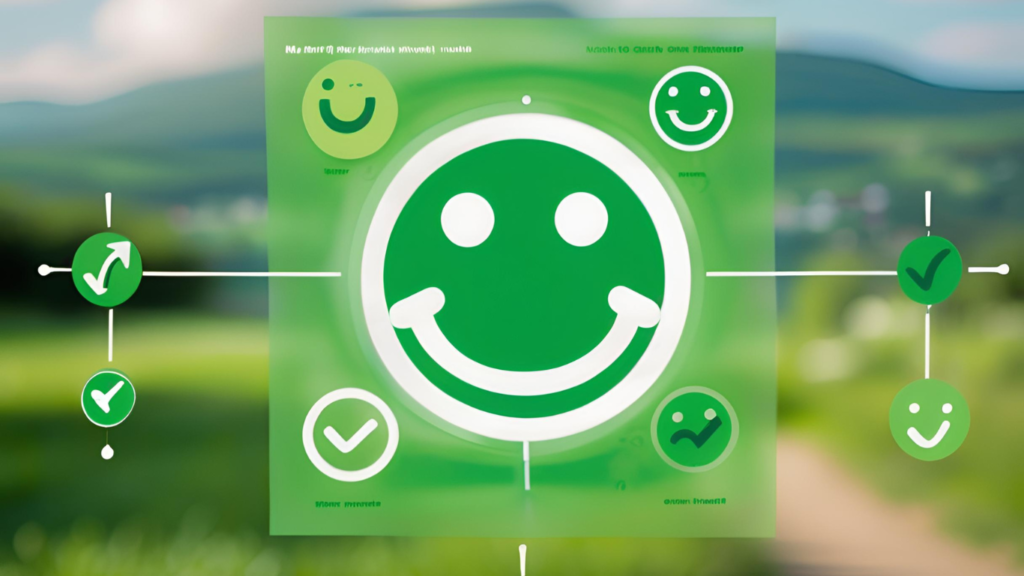The Word “Negative”: Why We Often Associate It with “Bad” and How It Can Be Good Too
The word “negative” has a unique place in our language, evoking a sense of bad news, limitations, and denial. But have you ever stopped to wonder why we see it this way? The answer lies in both the nature of language and our psychological tendency to focus on things that might pose a threat or risk to us. While “negative” often brings to mind something undesirable, there are many situations where being “negative” can be positive, or even a relief. Let’s dive deeper into the meanings and contexts of “negative” and why, despite our biases, it can sometimes be something worth celebrating.
Defining “Negative”: More than Just Bad
At its core, “negative” means the absence of something, or something opposite to positive. In a literal sense, “negative” can refer to something as simple as numbers below zero or the lack of a specific quality. In human interactions, a negative response often implies rejection or refusal. Negative opinions often highlight the flaws, problems, or risks of a situation.
For example, consider how we talk about emotions: anger, sadness, and fear are labeled as “negative” feelings because they’re uncomfortable. Similarly, negative reviews, comments, or feedback draw attention to issues that need fixing, and this can feel more disheartening than uplifting. For most people, “negative” carries a weight of discouragement or the idea of missing out on something good.

Why We Equate “Negative” with Bad
There are several psychological and societal reasons why we’re quick to interpret “negative” as bad. One reason is rooted in a phenomenon called negativity bias. Psychologists have found that our brains are wired to react more strongly to negative stimuli than to positive ones. This is likely a survival mechanism; historically, being aware of threats was crucial for survival. When we focus on the negative, we’re often assessing potential risks, dangers, or losses, which helps us avoid harm. This survival-driven focus on “negative” events or information has shaped how we process language and how we feel about “negative” words.
Additionally, language itself has evolved in ways that reinforce this mindset. When people say someone has a “negative attitude,” for instance, they usually mean that the person is focusing too much on problems or being pessimistic. Cultural expressions like “thinking negative” or “having a negative outlook” reinforce the idea that “negative” means something undesirable.

When “Negative” Is Actually Positive
Interestingly, there are many situations where “negative” is not only not bad but actively good. Think about the medical world. A negative test result—for COVID-19, cancer, or any illness—is generally a reason to celebrate. It means that something harmful is absent, and this “negative” result brings peace of mind. Here, negative becomes synonymous with health, safety, and relief.
In a similar vein, a negative outcome in some risk-based contexts, like investments or safety checks, can be positive because it signifies the absence of a loss, danger, or potential problem. For example, a “negative finding” in a structural safety inspection could mean that no weaknesses were found, ensuring the building’s stability. The same applies to security screenings or environmental checks—a negative result is reassuring.

Embracing the Nuance of “Negative”
Language is often a reflection of how we see the world. The word “negative” serves as a reminder of our inherent tendency to avoid risks and focus on what could go wrong. However, as we’ve seen, the meaning of “negative” is ultimately context-dependent. A negative outcome, response, or emotion isn’t necessarily a sign of bad news; it might instead indicate that we’re safe, healthy, or have a better understanding of what needs improvement.
By recognizing the different facets of “negative,” we can move beyond automatic associations with failure or discomfort. The word’s meaning is more layered than it may appear. By considering context, we can better appreciate the times when “negative” can be a positive part of life, guiding us toward caution, helping us understand risks, and occasionally giving us very good news indeed.

Exploring the dichotomy of ‘negative’ reveals that our perceptions often shape our reality. This concept aligns with Joseph Nguyen’s insights in Don’t Believe Everything You Think: Why Your Thinking Is The Beginning & End Of Suffering. Nguyen posits that our thoughts are the root of our suffering and suggests that by changing our thinking patterns, we can alleviate this distress. One reviewer noted, “This book is very easy to read and ideas are perfect for our lives which are bombarded by media and 24/7 news cycles.”
By understanding the power of our thoughts, we can uncover hidden positives and transform our experiences.
“Master Your Emotions: A Practical Guide to Overcome Negativity and Better Manage Your Feelings” by Thibaut Meurisse offers readers actionable strategies to understand and regulate their emotions. The book delves into the mechanics of negative feelings and provides techniques to reframe thoughts, promoting a more positive outlook. Readers have praised its practical exercises and clear guidance, noting its effectiveness in fostering emotional well-being. One reviewer mentioned, “I thoroughly enjoy this book, from cover to cover. A lot of books in the self-help area talk about emotions and how you are affected by them, but never, truly go into as much detail as Master Your Emotions did.”
If you’re seeking to enhance your emotional intelligence and lead a more fulfilling life, this guide is a valuable resource. Consider purchasing through our Amazon affiliate link to support my blog.
Leave a Reply